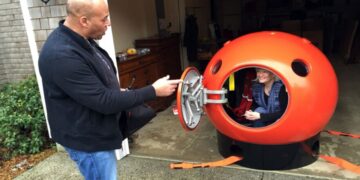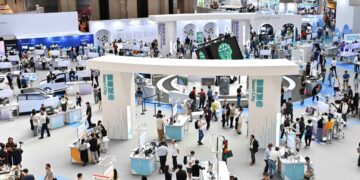In the last period the Maserati brand, the Trident brand born in Bologna, whose logo was inspired by the city itself, has shown great adaptability and continuity of innovation, while celebrating with nostalgia and great strength its past, made up of important motorsport achievements and futuristic models, which have further motivated the current initiative and elegance of the brand. of important achievements in motor racing and futuristic models, which have further motivated the current initiative and elegance of the brand.
Elegance has been a distinguishing feature of Maserati cars since the days of the first experiments and victories on single-seaters in the ’20s, ’30s and partly in the ’40s, when Trident cars were not yet mass-produced but catered to a wealthy and racing-oriented clientele, with Alfieri Maserati himself (among the 7 brothers) being the most representative of the drivers and members of the company at the same time. Mario Maserati was the least adverse to engines and four wheels Mario Maserati was the least adverse to engines and four wheels, a boy with an artistic vein, to whom we owe the famous design of the Trident, symbolizing the city of Bologna and the statue of Neptune, the real source of inspiration of the logo.
Maserati Quattroporte, Maserati Biturbo, are just two of the most acclaimed innovations in the history of the contemporary automobile, innovations that have renamed the very models that have “hosted” them. The Quattroporte was the first high-performance sedan and thus introduced a new concept of car, the sport sedan segment, and a novelty for the brand itself, which had always been averse to the purely sports car, formula, barchetta, coupé but never before 1964 with four doors. The ’80s were the years of turbocharged cars but never a manufacturer used two turbochargers to supercharge an engine, able to offer a higher torque already from low revs thus improving acceleration: Maserati did it in 1982.
Last year, the Innovation Lab expanded its transparency with clients and enthusiasts, offering them the experience of developing and studying Maseratis by welcoming them to the company’s engineering and design center, showcasing several types of simulators with high computational power, so that they can be used in a variety of ways, simulators with high computational power, allowing the reduction of prototypes for testing purposes and relying instead on digital processes, increasingly capable of generating feedback very close to reality.
Today, the brand wanted to present, through a nostalgic audiovisual storytelling (animated with sound by maestro Giorgio Moroder), a large part of its success, of its cars and of the emotions they can offer just by looking at them. recalled in this short film by an alphabet summarizing Maserati’s DNA, which, however, also looks at its presence as a player in the current and fibrous evolution of the automotive market, thus inevitably encompassing ambitions for the future, to which the range concerned is “electrocuted” by the authenticity of the Trident and thus takes the name Folgore.
Folgore indicates Maserati’s now electrified range, which still shares the classic DNA of these cars. Definitely the combination that best sums up the discreet and fascinating audacity of the Trident; it encompasses two words that are very representative of the Italian sports car and that and which foreign competitors (apart from the British and Germans, perhaps) have hardly been able to combine since the very beginning: luxury and sportiness. And what has always made Italian luxury sports cars distinctive has always been the style in the interpretation of this combination. And Maserati, with its hèritage and Frua, Zagato, Pininfarina and Vignale have contributed to making this Italian product truly exclusive and authentic, and if it weren’t for these and other great names, it would not be possible to identify today the resistance that the Trident opposes to anything that is foreign to Made in Italy.
Author: Francesco Carleo
































